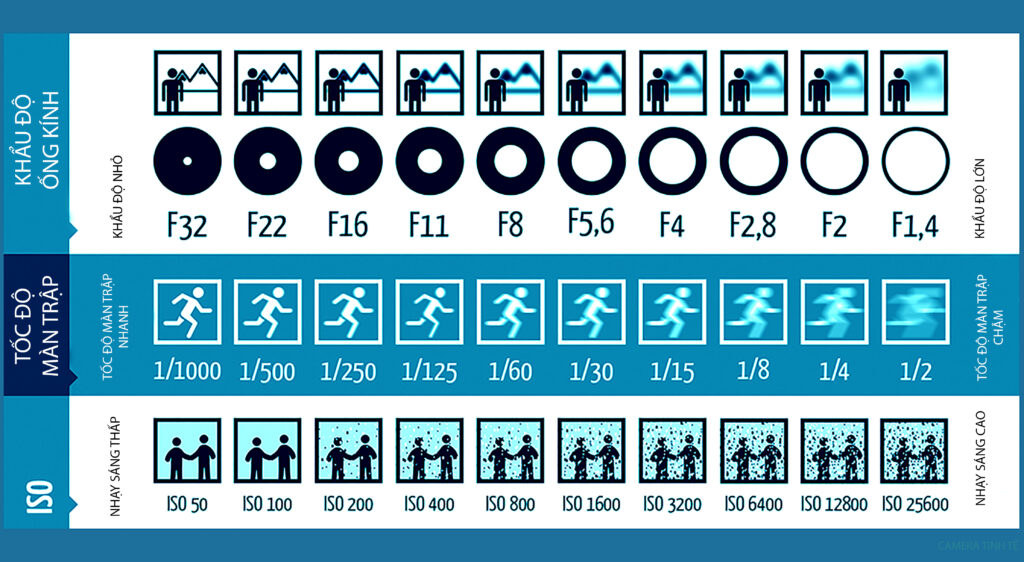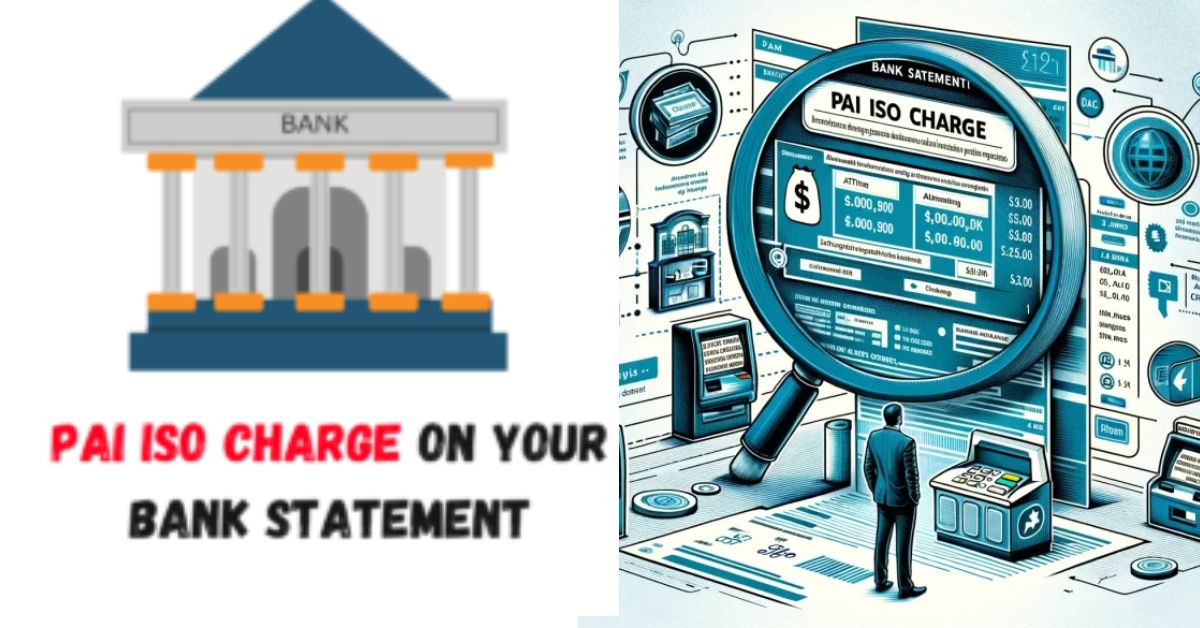Have you ever noticed a mysterious “Pai Iso Charge” on your phone bill or credit card statement? This perplexing term has left many consumers scratching their heads. A pai iso charge, also known as a “Personal Account Identifier Information Obligation Charge,” is a fee imposed by merchants for certain credit card transactions. Let’s dive deeper into understanding what a pai iso charge is, why it exists, and how you can potentially avoid it.
What is a Pai Iso Charge?
A pai iso charge is a fee that merchants pass on to customers to cover the costs associated with processing credit card payments. It is typically applied to recurring payments, auto-pay subscriptions, and other card-not-present transactions. This charge can also go by various names, such as PAI, PAIIO, or Transaction Fee.
The primary purpose of a pai iso charge is to compensate merchants for the fees they pay to their payment processors and financial institutions for facilitating credit card transactions. These fees, known as interchange rates, vary depending on factors like the type of card used, the merchant’s industry, and the transaction’s risk level.
Reasons for Pai Iso Charges

Merchant Account Fees and Interchange Rates
When a customer makes a purchase with a credit card, the merchant must pay a fee to their payment processor and the customer’s financial institution. These fees cover the costs of processing the transaction, managing fraud risks, and maintaining the payment network infrastructure.
Interchange rates, set by the major credit card associations (Visa, Mastercard, American Express, and Discover), are a significant portion of these fees. Interchange rates can range from 1% to 3% or more of the transaction amount, depending on factors such as the merchant’s industry, the card type used, and whether the transaction is card-present or card-not-present.
Risk Management for Card-Not-Present Transactions
Card-not-present transactions, such as those made online or over the phone, carry a higher risk of fraud compared to in-person transactions. This increased risk translates to higher processing fees for merchants, as payment processors and card issuers must implement additional security measures and assume greater liability.
To mitigate these risks and recover associated costs, merchants often pass on a portion of these fees to customers in the form of a pai iso charge.
Burstiness in Transaction Volume
Some merchants experience significant fluctuations in their transaction volumes, leading to what is known as “burstiness.” During periods of high transaction activity, merchants may incur higher processing fees due to increased demand on the payment network infrastructure.
To offset these variable costs, merchants may impose a pai iso charge, particularly for recurring or subscription-based transactions, where the payment processing volume is more consistent.
How Pai Iso Charges Work
Let’s illustrate how a pai iso charge might work with a hypothetical example:
Suppose you sign up for a subscription-based streaming service that charges $9.99 per month to your credit card. In addition to the subscription fee, you notice a $0.99 “Pai Iso Charge” on your statement.
This $0.99 charge typically consists of two components:
- A fixed fee, often a few cents, charged by the merchant’s payment processor for each transaction.
- A percentage of the transaction amount (in this case, $9.99), which covers the interchange rate and other processing fees paid by the merchant.
The breakdown of the $0.99 charge might look something like this:
- Fixed transaction fee: $0.25
- Interchange rate and processing fees (2% of $9.99): $0.74
Total Pai Iso Charge: $0.25 + $0.74 = $0.99
It’s important to note that the specific amounts and percentages used in pai iso charges can vary among merchants and payment processors.
Avoiding Pai Iso Charges

While pai iso charges are common practice for merchants to cover their operating costs, there are several ways consumers can potentially avoid or minimize these fees:
- Use Debit Cards or E-Wallets: Debit card transactions and e-wallet payments (e.g., PayPal, Apple Pay) often have lower processing fees for merchants, reducing the need for additional charges like pai iso fees.
- Set Up Automated Clearing House (ACH) Payments: ACH payments, also known as direct debit or electronic fund transfers, are processed through the banking system rather than credit card networks. Many merchants offer ACH as a payment option with lower or no additional fees.
- Negotiate with Merchants for Fee Waivers: Some merchants may be willing to waive pai iso charges, especially for larger or long-term customers. It never hurts to politely inquire about fee waivers or discounts.
- Review Billing Statements Carefully: Pay close attention to your billing statements and question any suspicious or unexplained charges. Many merchants are required to disclose pai iso charges upfront, so make sure you understand their policies before committing to a service.
- Compare Costs Across Payment Methods: When making a purchase or signing up for a subscription, consider the total cost across different payment methods (credit card, debit card, ACH, etc.). The payment method with the lowest overall fees, including pai iso charges, may be the most cost-effective option.
Tips for Consumers
- Review billing statements carefully to identify any pai iso charges or other unexpected fees.
- Understand merchant policies regarding pai iso charges, as they may be disclosed upfront or buried in the fine print.
- Compare costs across payment methods (credit card, debit card, ACH, etc.) to find the most cost-effective option.
- Negotiate with merchants for fee waivers or discounts, especially for larger or long-term transactions.
- Consider using debit cards or e-wallets like PayPal or Apple Pay, which often have lower processing fees for merchants.
- Set up ACH payments (direct debit or electronic fund transfers) when possible, as these typically bypass credit card network fees.
Conclusion
While pai iso charges can be frustrating, being an informed consumer empowers you to make smart payment choices. Understanding the reasons behind these charges and exploring alternative payment methods can help you minimize unnecessary fees and keep more money in your pocket.
Don’t hesitate to share your experiences with pai iso charges, negotiate better rates with merchants, or explore alternative payment options that better suit your needs. By staying vigilant and educated, you can navigate the often-confusing world of transaction fees with confidence.



